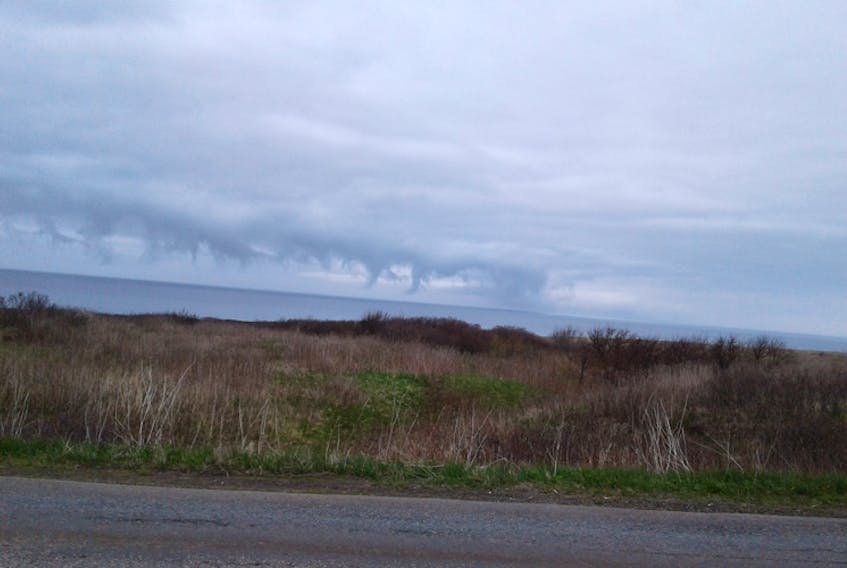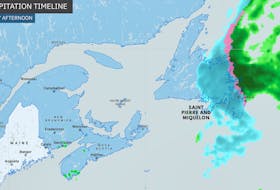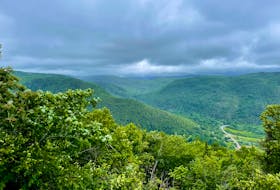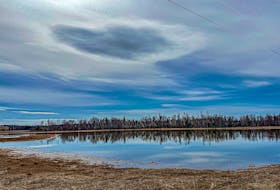Clouds come in all shapes and sizes. When someone asks me how many different clouds there are, I always ask them how much time they have?
The quick answer to that question is three. There are three families of clouds: cirrus, cumulus and stratus. These families are made up of 10 “main” cloud types.
A while back, Lawrence Macleod (real name) submitted a picture of clouds that caught his eye. The photo was taken by the ocean not far from the Lingan Wind Farm in Cape Breton, N.S. The clouds are fractus clouds. They tend to hang in ragged shreds below larger clouds. They can be associated with cumulus or stratus clouds, and tend to be very short-lived, appearing and disappearing very quickly, without defined tops or bottoms.
They get torn off by strong winds or appear when a larger cloud breaks apart. They can become cumulus if the ground heats up enough for convection to begin, forming their own fractus clouds and repeating the cycle. Some clouds are better at signaling weather changes than others. Fractus is very unstable and indicates unstable air. When you see fractus clouds, you’re almost always guaranteed a change in the weather.
Fractus clouds are often found close to rain-shafts. After a heavy downpour, the evaporation of the water on the ground, rising quickly into a still humid air mass can create a line of ragged looking cloud streaks. You have to be quick though – turbulence around the base of the rain cloud can bring in some dry air. When that happens, you can almost stand back and watch the fractus evaporate before they reach the main cloud.
Big masses of many fractus clouds under a main cloud are called pannus. Pannus can merge to form a layer under the main cloud called an accessory cloud.
I thought today would be a good day to address this, since the rain system moving through will no doubt stir up some fractus for us.









